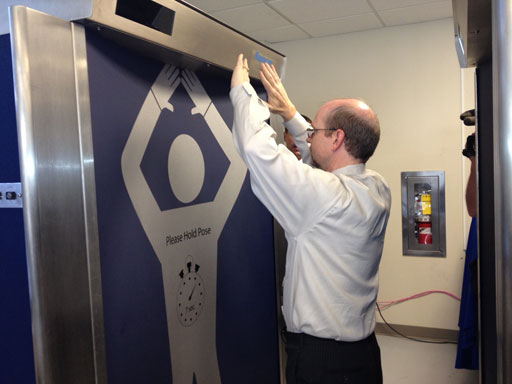
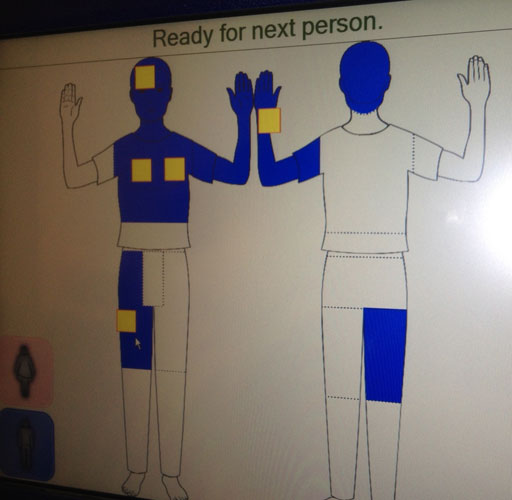
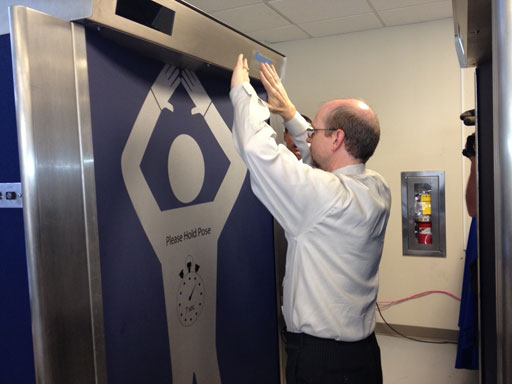
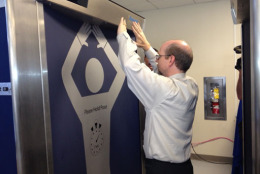
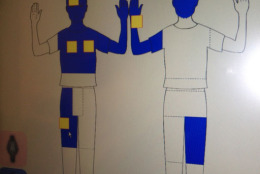
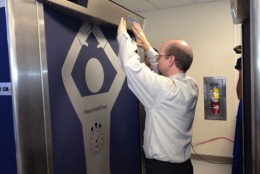
Hank Silverberg, wtop.com
ARLINGTON, Va – Security will be temporarily beefed up at the visitors’ entrance to the Pentagon with the use of a whole body imaging scanner.
The extra security is being tested after a shooting near the Pentagon’s visitor’s center in 2010 threatened security currently in place. In March 2010, John Patrick Bedell, 36, opened fire outside the Pentagon Metro. He shot two Pentagon officers. Three officers returned fire and Bedell was hit in the arm and head. He died later that day.
The scanner recently installed at the Pentagon is the same type of security used at some airports across the country. The Pentagon will begin a 90-day trial period with the screening system Monday.
Dr. Dan Walsh, chief of the Pentagon Force Protection Agency Science and Technology office, says visitors will be randomly selected to go through the machine.
“It’s a generic cartoon like body image, so we are not looking at a raw image of anybody,” Walsh says.
If there is something on the person going through the scanner, it shows up as the cartoon-like image in yellow.
In a demonstration held on Thursday, using a test subject, the machine detected organic material in the man’s pocket which turned out to be a chocolate bar and an iPod Nano under his tie.
Walsh says that reading would warrant a pat-down in the new screening procedure. “If you don’t have anything in your pockets you would stand in the machine for seven seconds and then be on your way”, Walsh says.
The visitor center handles about a thousand visitors a day and is just steps away from where the shooting took place in 2010.
The Pentagon will assess how the scanning machine worked at the end of the 90-day period before deciding whether to make it permanent.
Follow Hank and WTOP on Twitter.
(Copyright 2012 by WTOP. All Rights Reserved.)







